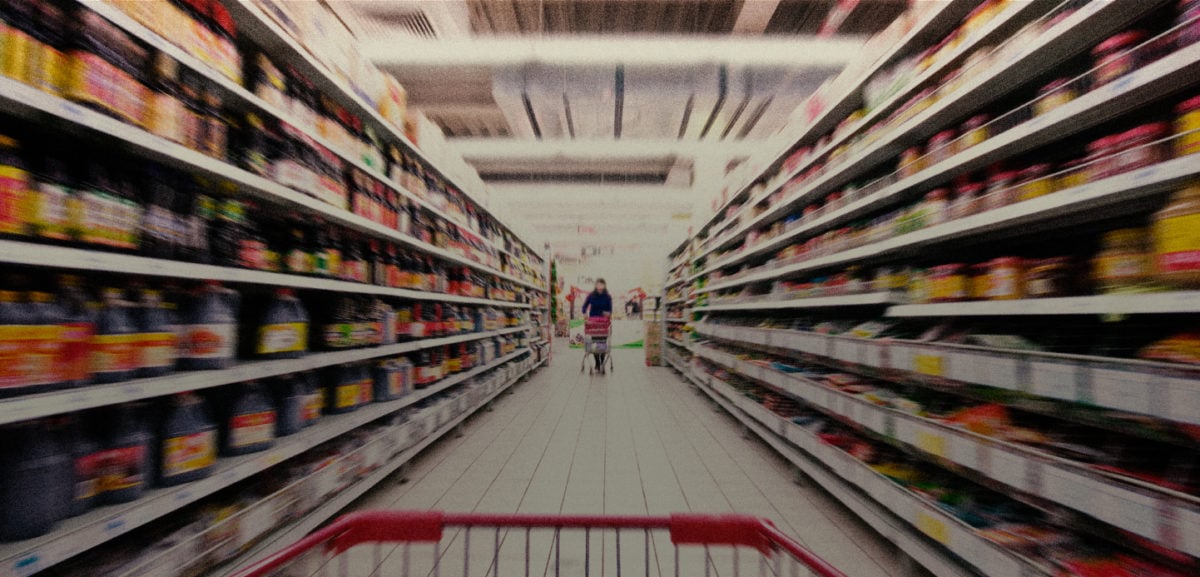Brazil’s Strategic Agricultural Trade Realignment and Commitment to Sustainable Development Goals
Executive Summary
In response to proposed U.S. tariffs, Brazil’s Ministry of Agriculture has announced a strategic initiative to diversify its export markets and reduce trade barriers. This report outlines the country’s proactive measures and analyzes their alignment with the United Nations’ Sustainable Development Goals (SDGs), particularly those concerning global partnerships, economic growth, and food security.
Proactive Measures for Market Diversification
Agriculture Minister Carlos Favaro has outlined a forward-looking strategy focused on creating new opportunities for the Brazilian agricultural sector. The core objective is to mitigate economic risks by establishing and expanding trade relationships with new partners. Key target regions for this expansion include:
- The Middle East
- South Asia
- The Global South
Alignment with Sustainable Development Goals (SDGs)
Brazil’s trade diversification strategy directly supports the achievement of several key SDGs:
- SDG 17: Partnerships for the Goals: By actively seeking new trade alliances with nations in the Middle East, South Asia, and the Global South, Brazil is strengthening South-South cooperation and building resilient global partnerships for sustainable development. This move diversifies the global trade landscape and fosters multilateral collaboration.
- SDG 8: Decent Work and Economic Growth: Securing alternative export markets protects Brazil’s vital agricultural sector from external economic shocks. This ensures the stability of employment for millions of workers and promotes sustained, inclusive, and sustainable economic growth, insulating the national economy from unilateral trade actions.
- SDG 2: Zero Hunger: As a major global food producer, Brazil’s effort to expand market access enhances its capacity to contribute to global food security. By ensuring its agricultural exports reach a wider range of countries, Brazil plays a crucial role in stabilizing food supplies and supporting the goal of ending hunger worldwide.
- SDG 1: No Poverty & SDG 10: Reduced Inequalities: A robust and stable agricultural export economy is fundamental to supporting the livelihoods of rural communities in Brazil, directly contributing to poverty reduction. Furthermore, by fostering trade with developing nations, this strategy promotes more equitable economic relationships, helping to reduce inequalities between countries.
1. Which SDGs are addressed or connected to the issues highlighted in the article?
-
SDG 2: Zero Hunger
The article’s central theme is agriculture, specifically Brazil’s agricultural exports. The Agriculture Minister’s actions to create “new opportunities for agriculture” directly link to the goals of ensuring sustainable food production systems and strengthening the capacity for global agricultural trade.
-
SDG 17: Partnerships for the Goals
The article discusses international trade dynamics, including the imposition of tariffs and the strategy to expand markets and reduce trade barriers. This directly relates to the global partnership for sustainable development, focusing on trade as a key component. The minister’s plan to “reach out to key markets in the Middle East, South Asia and the Global South” is an explicit act of forging new trade partnerships.
2. What specific targets under those SDGs can be identified based on the article’s content?
-
Target 2.b: Correct and prevent trade restrictions and distortions in world agricultural markets
This target is directly relevant as the article’s catalyst is a new trade restriction—a “50% tariff on imports.” The stated goal to “reduce trade barriers” is a direct action aimed at achieving this target by countering protectionist measures and seeking more open markets for agricultural products.
-
Target 17.11: Significantly increase the exports of developing countries
Brazil, as a developing country and Latin America’s largest economy, is seeking to “expand markets” for its exports. The proactive strategy to find “alternatives for selling Brazilian exports” is a clear effort to increase its share in global trade, which aligns perfectly with this target.
3. Are there any indicators mentioned or implied in the article that can be used to measure progress towards the identified targets?
-
Implied Indicator for Target 2.b: Tariffs on agricultural products.
The article explicitly mentions a “50% tariff,” which is a specific measure of a trade barrier. Progress towards Target 2.b could be measured by monitoring the level and number of such tariffs imposed on or reduced for Brazilian agricultural products in key markets.
-
Implied Indicator for Target 17.11: Growth in export volume and value.
The article’s focus on “expand[ing] markets” and creating “new opportunities for agriculture” implies that a key measure of success would be an increase in the volume and value of Brazilian exports, particularly to the new markets identified (Middle East, South Asia, and the Global South). This serves as a practical indicator for progress towards increasing the exports of a developing country.
4. Create a table with three columns titled ‘SDGs, Targets and Indicators’ to present the findings from analyzing the article.
| SDGs | Targets | Indicators |
|---|---|---|
| SDG 2: Zero Hunger | Target 2.b: Correct and prevent trade restrictions and distortions in world agricultural markets. | The level of tariffs on agricultural imports (e.g., the “50% tariff” mentioned). |
| SDG 17: Partnerships for the Goals | Target 17.11: Significantly increase the exports of developing countries. | The volume and value of agricultural exports to new markets (Middle East, South Asia, Global South). |
Source: tradingview.com







